About a month ago, Playtomic and Deloitte (Monitor Deloitte) released their yearly “state of padel”-report called Global Padel Report.
It’s the second consecutive year Playtomic partner with Monitor Deloitte to release the report which normally is a fantastic read for all players following the sport closely.
The report focuses on the growth of the sport both from a leisure and professional perspective and also showcases the growth of the sport as an industry.
In the introduction of the report, Pablo Carro, the Co-Founder of Playtomic writes:
We are very certain about the fact that Padel has become a global sport, showcasing robust annual growth and promising signs of real traction in key-markets that will drive us to a 6 billion industry in 2026.
Pablo Carro (Co-Founder Playtomic) & Elena Martin (Senior Manager Monitor Deloitte)
That’s a phenomenal number. The report actually doesn’t mention whether this is euro (€) or dollar ($), but regardless it showcases the strength of the traction that Padel has gotten in a wide array of countries.
I’ll break down the key points from the report in a digestible manner in this post. Feel free to add your commentary or questions and I’ll get back to you.

Key Takeaways – Growth continues
- Growth of padel has not been confined to the post-COVID-19 boom. Continued surge in the construction of padel courts and clubs.
- Padel is increasingly becoming a global sport. Level of development and adoption varies across different countries.
- The growth trajectory of padel is expected to be characterized by a significant impetus in regions where it’s still incipient. Primarily UK, Germany, France, USA, Middle East, and Asia.
- By 2026, it’s anticipated that there will be around 85,000 padel courts worldwide. Doubling the current figure.
- Padel extends beyond the courts. An entire ecosystem currently valued at around €2 billion is being built around the sport.
As you can see in the third point, this is the first time that the growth of padel in the US is being mentioned by Playtomic and Monitor Deloitte, we weren’t even on the map in the 2022 report!
Evolution of Padel in the US
As already mentioned, US is in the report and is being highlighted as an emerging market for the sport. Let’s breakdown all of the numbers and conclude what we believe this will mean for padel in the US.
Consumer interest for Padel in the US
In page 7 of the report, Playtomic and Deloitte talks about the growth of Padel in Google searches.
It’s continuing to grow and the countries where padel has matured the most such as Spain, Denmark, Sweden, and Portugal continues to lead the global interest of the sport.
Similar to last year, we thought it would be interesting to break this out with US data and compare it with “pickleball”, arguably the biggest threat to padel growth in the US.
Google searches for “Padel” in the US
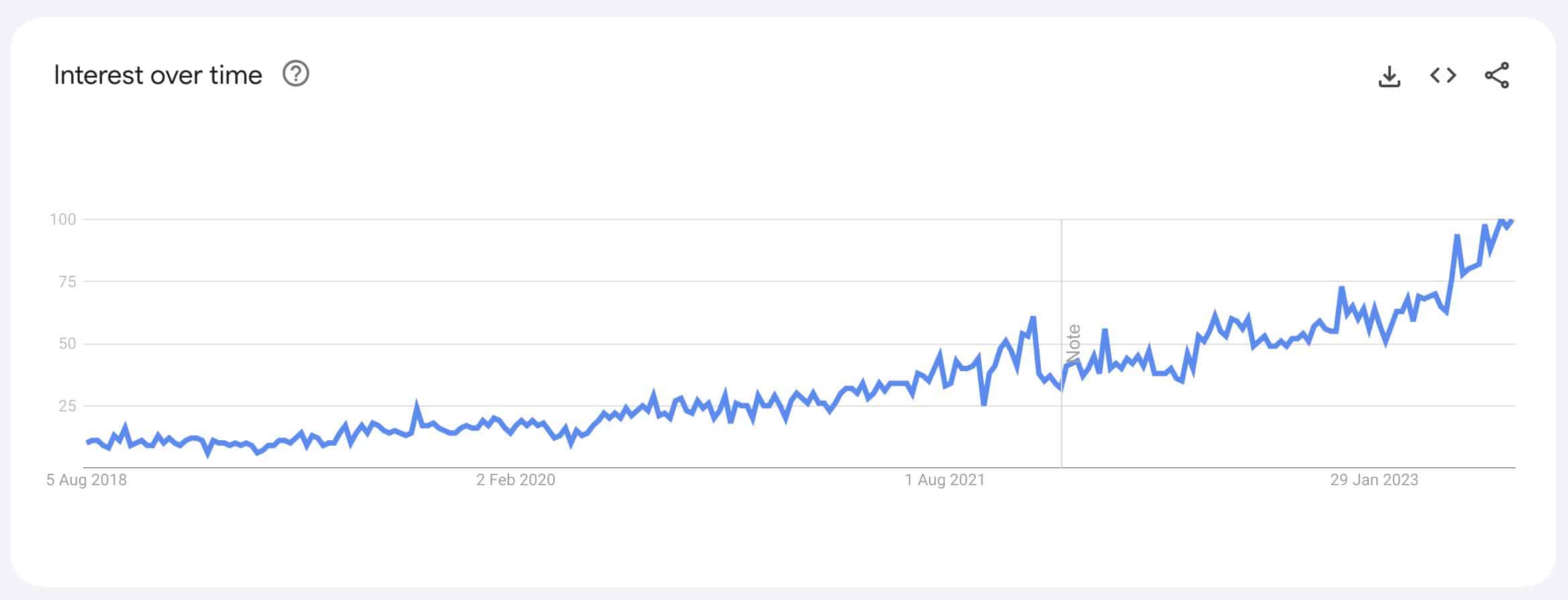
Google searches for “Padel” in comparison to “Pickleball” in the US
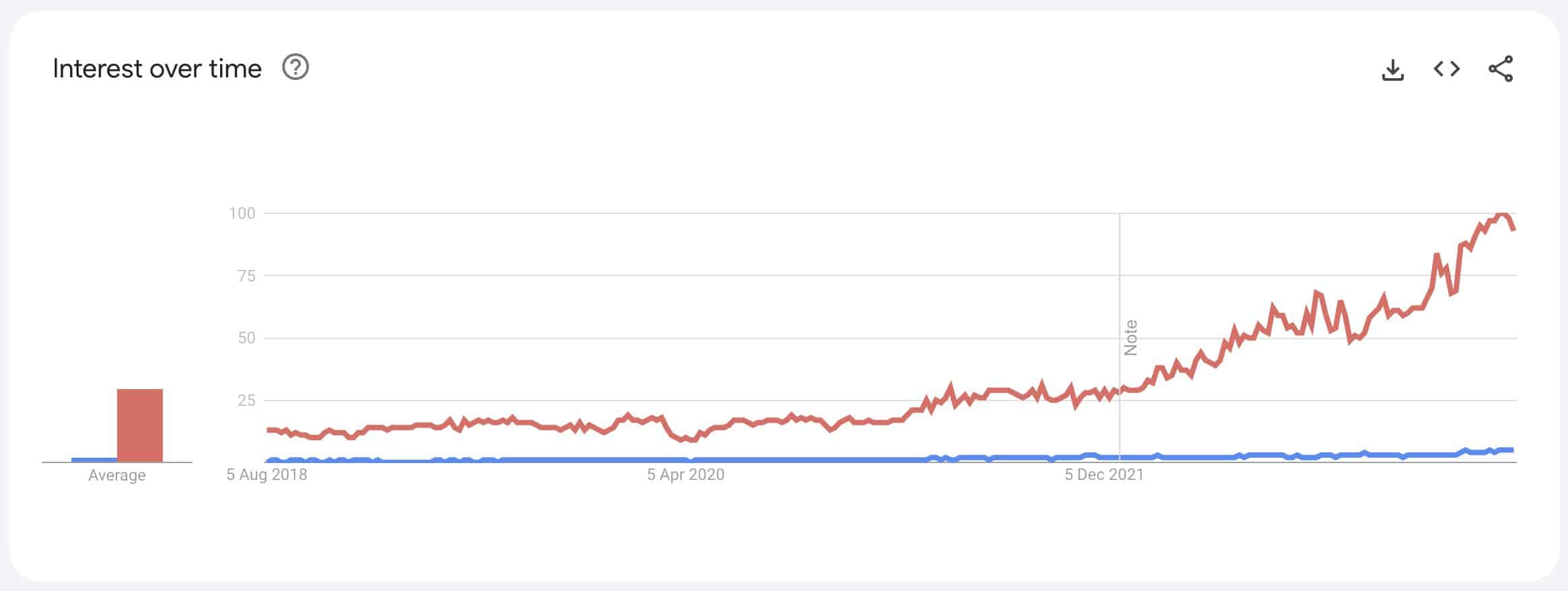
US as an Emerging Market for Padel
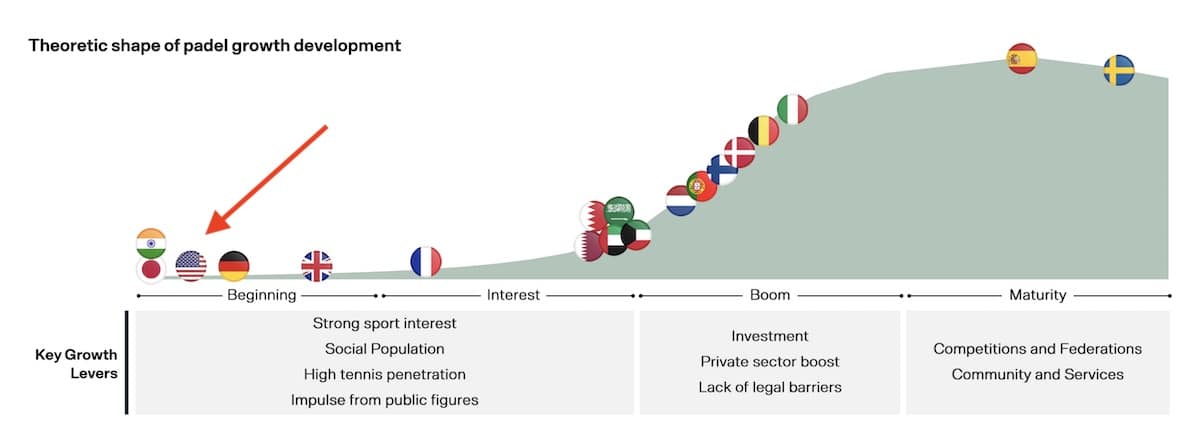
Despite being a relatively new entrant to the country’s sports scene, padel is quickly gaining recognition and traction.
Analysts of Deloitte predict a sharp upward trend in its popularity, backed by increasing infrastructure development and promotional activities.
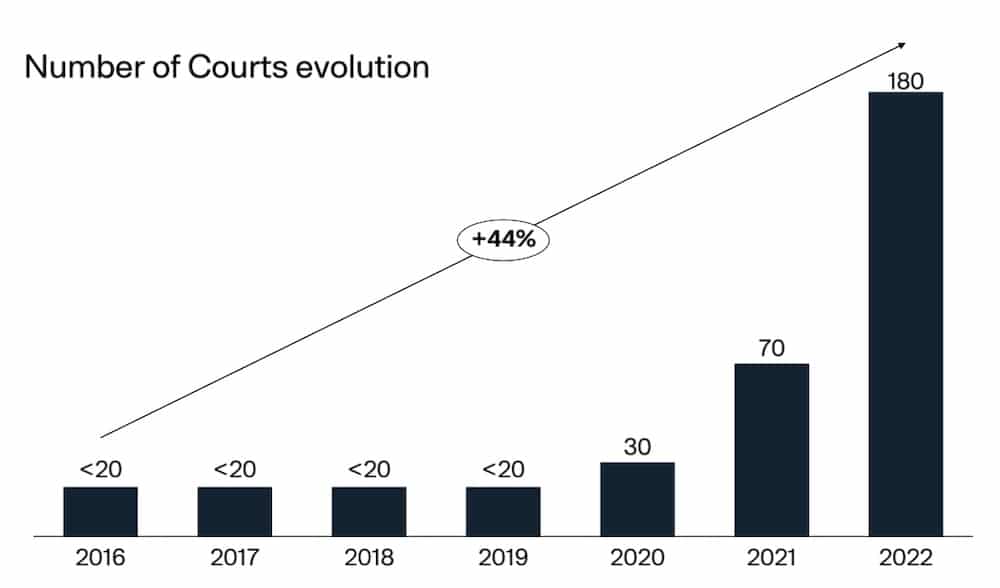
Number of Venues
56
Avg. Courts/Venue
3.2
Number of Courts
180
Courts per Million Population
0.5
Padel Court and Padel Club growth
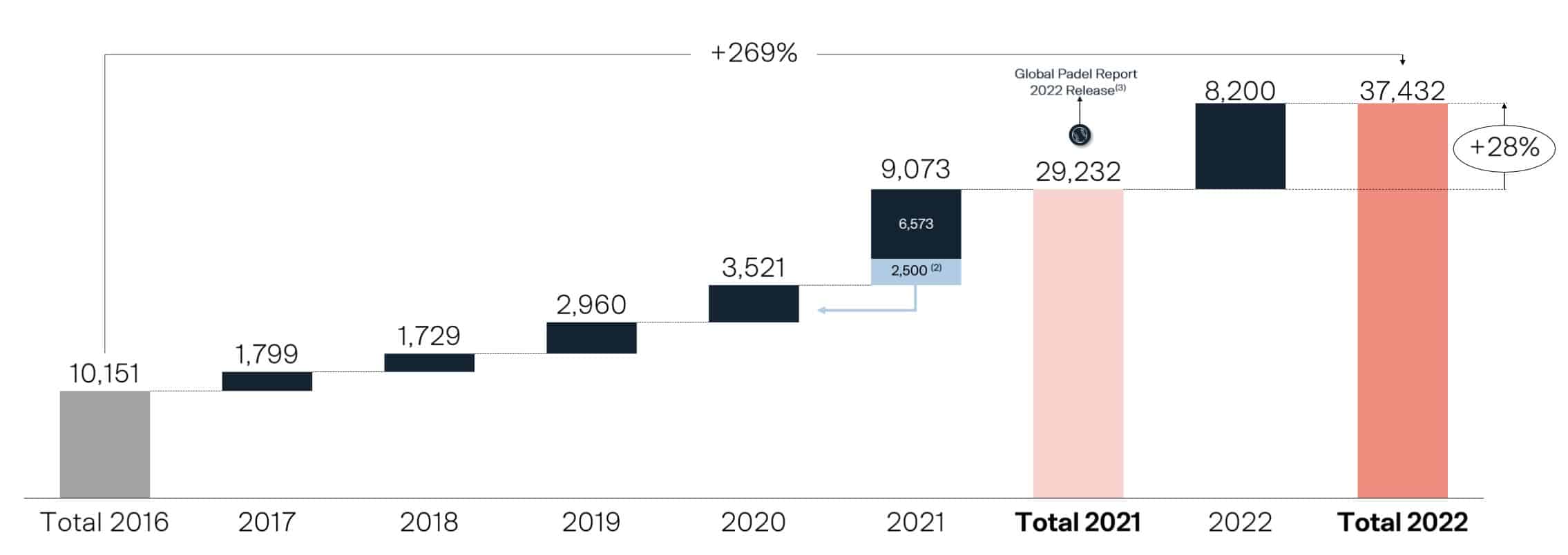
There’s certainly a continued momentum in the growth of padel, with a 28% surge in padel court constructions in 2022.
This increase reflects the sport’s escalating popularity and acceptance globally, with over 37,000 courts now in existence in selected countries.
The exponential expansion of this sport is illustrated in the accompanying graph, solidifying padel’s position as a rapidly developing global phenomenon.
€200m invested in building new padel courts in 2022
There’s also a surge in growth to the number of padel clubs globally. Monitor Deloitte and Playtomic estimates that the total number of padel clubs grew by 24% YoY and even more remarkable, that every 1 out of 5 padel clubs opened during 2022.
In Conclusion
The Global Padel Report 2023 by Playtomic and Deloitte paints a promising picture of the continued growth and global expansion of padel.
With a 28% rise in padel court constructions in 2022, the sport now boasts over 37,000 courts worldwide.
The U.S., although a newcomer on the padel scene, is making great strides, demonstrating burgeoning consumer interest and market potential. This is further fuelled by the first season of teams competing in the Pro Padel League (PPL).
By 2026, the number of padel courts is projected to reach an impressive 85,000.
Underlining the sports’ economic impact, the Padel ecosystem is already worth around €2 billion, anticipated to hit €6 billion by 2026.
Interestingly, the sport’s traction against Pickleball, its key U.S. competitor, is also improving, indicative of padel’s emerging prominence.

Lucas Sánchez is the founder of SimplePadel. Born and raised in Spain, Lucas has been living in the US and UK for the last 20 years and currently calls Miami his home. While he’s never played professionally, the dream is still alive.
Lucas loves nothing more than playing (and talking) about padel, and he considers himself lucky to have a wife and family that share his love for the game.
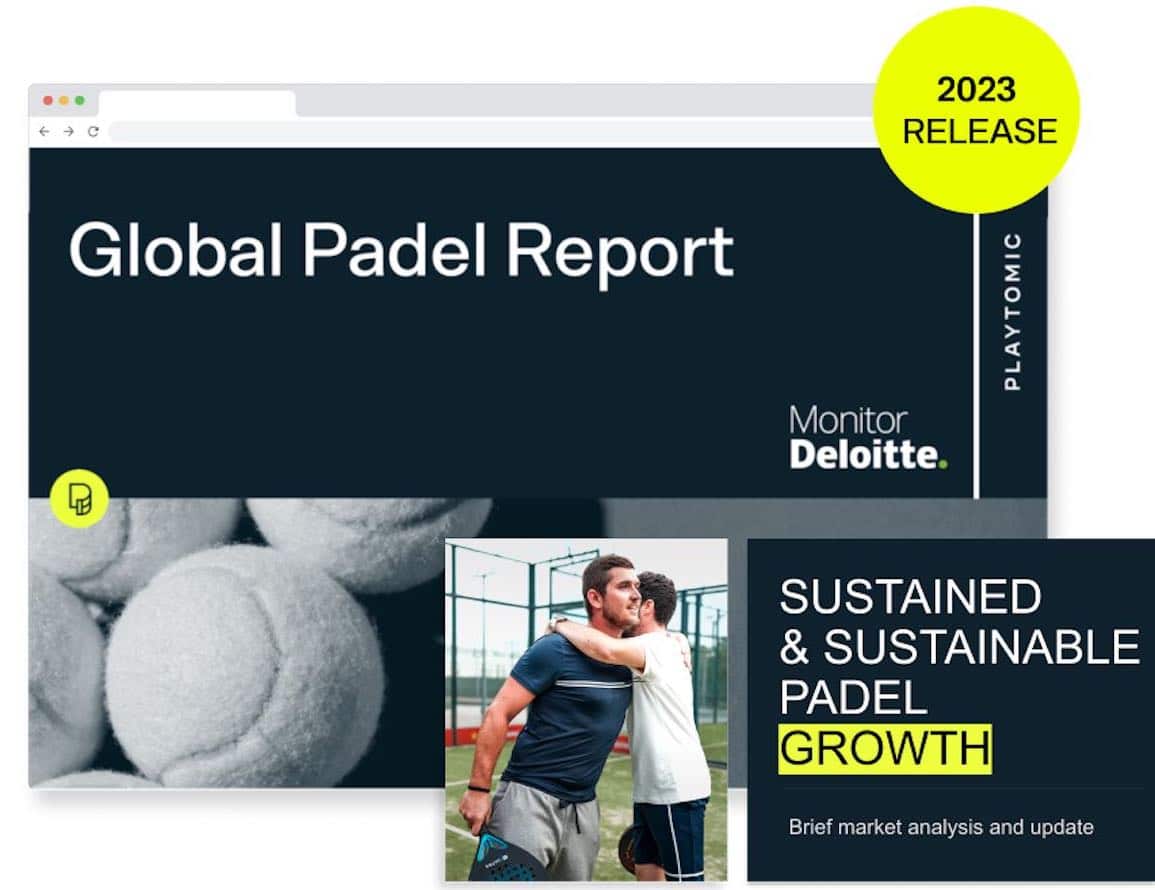
One reply on “Highlights from the Global Padel Report (2023)”
[…] of padel. Major sports networks and publications have dedicated time and space to padel, with coverage of notable tournaments becoming increasingly common. These events not only spotlight professional play but also serve as […]